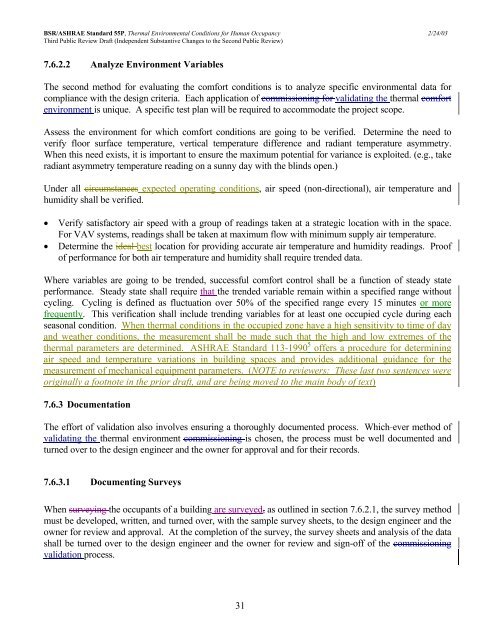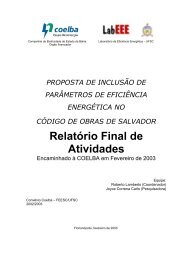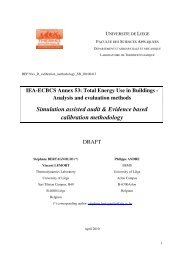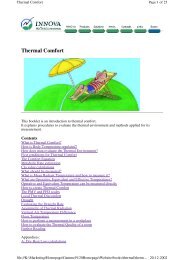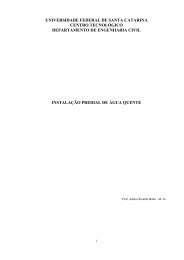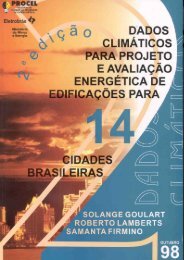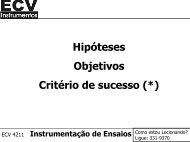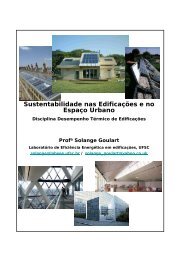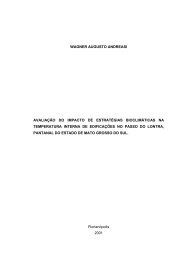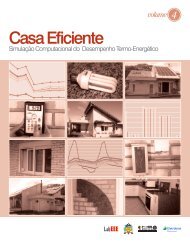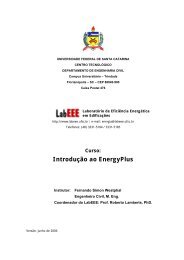ASHRAE STANDARD - 55R
ASHRAE STANDARD - 55R
ASHRAE STANDARD - 55R
Create successful ePaper yourself
Turn your PDF publications into a flip-book with our unique Google optimized e-Paper software.
BSR/<strong>ASHRAE</strong> Standard 55P, Thermal Environmental Conditions for Human Occupancy 2/24/03<br />
Third Public Review Draft (Independent Substantive Changes to the Second Public Review)<br />
7.6.2.2 Analyze Environment Variables<br />
The second method for evaluating the comfort conditions is to analyze specific environmental data for<br />
compliance with the design criteria. Each application of commissioning for validating the thermal comfort<br />
environment is unique. A specific test plan will be required to accommodate the project scope.<br />
Assess the environment for which comfort conditions are going to be verified. Determine the need to<br />
verify floor surface temperature, vertical temperature difference and radiant temperature asymmetry.<br />
When this need exists, it is important to ensure the maximum potential for variance is exploited. (e.g., take<br />
radiant asymmetry temperature reading on a sunny day with the blinds open.)<br />
Under all circumstances expected operating conditions, air speed (non-directional), air temperature and<br />
humidity shall be verified.<br />
• Verify satisfactory air speed with a group of readings taken at a strategic location with in the space.<br />
For VAV systems, readings shall be taken at maximum flow with minimum supply air temperature.<br />
• Determine the ideal best location for providing accurate air temperature and humidity readings. Proof<br />
of performance for both air temperature and humidity shall require trended data.<br />
Where variables are going to be trended, successful comfort control shall be a function of steady state<br />
performance. Steady state shall require that the trended variable remain within a specified range without<br />
cycling. Cycling is defined as fluctuation over 50% of the specified range every 15 minutes or more<br />
frequently. This verification shall include trending variables for at least one occupied cycle during each<br />
seasonal condition. When thermal conditions in the occupied zone have a high sensitivity to time of day<br />
and weather conditions, the measurement shall be made such that the high and low extremes of the<br />
thermal parameters are determined. <strong>ASHRAE</strong> Standard 113-1990 5 offers a procedure for determining<br />
air speed and temperature variations in building spaces and provides additional guidance for the<br />
measurement of mechanical equipment parameters. (NOTE to reviewers: These last two sentences were<br />
originally a footnote in the prior draft, and are being moved to the main body of text)<br />
7.6.3 Documentation<br />
The effort of validation also involves ensuring a thoroughly documented process. Which ever method of<br />
validating the thermal environment commissioning is chosen, the process must be well documented and<br />
turned over to the design engineer and the owner for approval and for their records.<br />
7.6.3.1 Documenting Surveys<br />
When surveying the occupants of a building are surveyed, as outlined in section 7.6.2.1, the survey method<br />
must be developed, written, and turned over, with the sample survey sheets, to the design engineer and the<br />
owner for review and approval. At the completion of the survey, the survey sheets and analysis of the data<br />
shall be turned over to the design engineer and the owner for review and sign-off of the commissioning<br />
validation process.<br />
31


